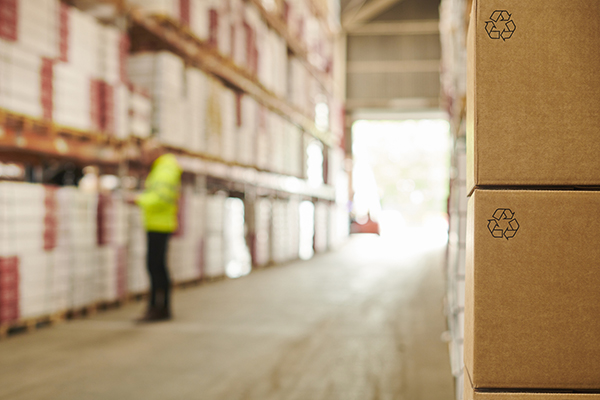Gartner predicts 20% of organizations likely to ditch efforts and focus on reducing carbon footprint of packaging
In 2020, a large McKinsey survey into sustainable packaging found that 55% of U.S. consumers were very concerned or extremely concerned about the environmental impact of product packaging. The survey also found that between 60% and 70% of consumers said they would pay more for sustainable packaging, and about 35% said they would buy additional products in stores if they knew they were enclosed in sustainable packaging.
“The last point is interesting because it indicates that price isn’t the only thing that drives volume; you must also ensure that consumers know they are buying more sustainable packaging and that sustainable choices are widely available across products and categories,” McKinsey wrote.
The McKinsey survey came during a time when companies across the board were announcing sustainability goals, with many of them committing to a 100% sustainable packaging future. But, as many of those target dates quickly approach – 2025 was a popular deadline for many businesses – a new analysis by Gartner Supply Chain says as many as 20% of those organizations will not meet that target.
“The packaging ecosystem has not advanced at the pace that organizations setting targets back in 2017 and 2018 had hoped for,” said John Blake, senior director analyst with the Gartner Supply Chain practice. “Organizations face operational and financial challenges that were discovered only through the attempt to deliver their goals, but meaningful progress on sustainability can still be made with more realistic frameworks in place.”
Low-carbon footprint packaging
Gartner believes these organizations will shift their focus from 100% sustainable packaging to low-carbon footprint packaging through the use of lifecycle assessment (LCA) tools that were not previously available when the initial commitments were made.
“While missing targets will have repercussions in the public eye, organizations that come to terms with the unfeasibility of their previous brand-driven targets and embrace a more realistic, affordable and effective approach will have more progress to show on their sustainability goals than those who remain in denial,” said Blake.
Blake noted that companies that can educate stakeholders, customers and investors on the benefits of LCA will have an easier time managing the backlash of failing to meet the 100% goal.
Gartner, in 2021, predicted that 90% of organizations would fail to meet their 100% sustainable packaging initiatives. At the time, Blake explained that the infrastructure was simply not in place to reach the goals.
Recycling infrastructure in infancy
“Most kinds of plastics are not broadly recyclable, and even if they were – the recycling infrastructure and the aftermarket for recycled materials are far from mature. Therefore, the overwhelming amount of packaging today is not technically recyclable or is not widely recycled in practice,” he said at the time.
The Ellen MacArthur Foundation, which is committed to creating a circular economy, in its Global Commitment 2022 report, acknowledged for the first time that “while strong progress is being made in some areas, key 2025 targets are expected to be missed.”
“The target of 100% reusable, recyclable, or compostable plastic packaging will almost certainly be missed by most organizations, with flexible packaging and lack of infrastructure being the main barrier,” the report noted.
In a blog post on Jan. 23, Blake noted that organizations have been able to find “suitable replacements” for sustainable packaging, but the costs are still prohibitive for many.
Few packaging alternatives
“Brand owners also find that new packaging materials, such as bioplastics, do not have a pathway to being recycled, so the waste issue can be made worse. Sometimes there is just no current viable alternative to plastic packaging, such as in protecting food products and delivering lifesaving medical devices,” he wrote.
Despite advances, though, there is no single solution, Blake added.
“The key to driving real progress is to approach goals pragmatically, looking first at the viable paths both short and long term,” he said. “With that, we should also be open to setting aspirational targets, sometimes called moonshot goals, to challenge ourselves and our respective industry ecosystems to launching breakthrough innovations where needed. We also must be strong enough to address the realities of sustainable packaging and leverage what we have learned over the past five years. And finally, we must be transparent internally and externally and be willing to reset expectations and promises where needed.”
As a result, Gartner is predicting organizations will increasingly switch their focus from increasing using of recyclable packaging and elimination of plastics to focus on lower-carbon packaging that uses less material or materials that are produced, transported and processed in ways to reduce their carbon footprints.
“While missing targets will have repercussions in the public eye, organizations that come to terms with the unfeasibility of their previous brand-driven targets and embrace a more realistic, affordable and effective approach will have more progress to show on their sustainability goals than those who remain in denial,” said Blake.
By Brian Straight · February 3, 2023
YOU CAN READ THE FULL ARTICLE HERE

